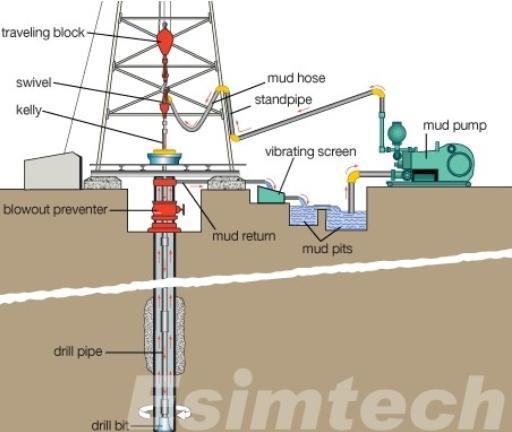The History of Oil and Gas Drilling: Milestones That Changed the Industry

While oil seeps have been used for millennia, the modern oil and gas industry as we know it was born on August 27, 1859, in Titusville, Pennsylvania. On that day, Edwin L. Drake proved that oil could be found and extracted in commercial quantities by drilling for it. His well, which struck oil at a depth of just 69.5 feet, ignited a global revolution. Before Drake, oil was primarily harvested from natural seeps and shallow pits; his use of a steam-powered cable-tool drill to seek out oil created the blueprint for the entire industry.
The early 20th century saw the next great leap: moving offshore. In 1897, near Summerland, California, workers literally built a pier out into the Pacific Ocean and erected a derrick. This was the world's first offshore well. This bold experiment proved the concept, but the true game-changer came in 1947 with the construction of the first oil platform out of sight of land. Kerr-McGee’s Platform No. 16 stood in the Gulf of Mexico, 10 miles from the Louisiana shore, opening up a vast new frontier that now accounts for a massive portion of global production.
For decades, drillers were essentially blind. They could measure depth and pressure, but they had no real-time understanding of the rock they were drilling through or the precise path of the wellbore. This changed with the advent of Measurement While Drilling (MWD) and Logging While Drilling (LWD) tools in the 1970s and 80s. These sophisticated instruments, placed just behind the drill bit, transmit critical data on formation geology, porosity, and pressure to the surface in near real-time. For the first time, drillers could "see" what was happening downhole, making smarter, safer, and more effective decisions.
If MWD gave the industry eyes, the next milestone gave it hands. The development of Directional and Horizontal Drilling, perfected throughout the 1980s and 90s, was a paradigm shift. Instead of just drilling a straight hole down, engineers could now steer the drill bit with incredible precision. This allowed a single surface location to access reserves spread over a wide area, reducing environmental footprint. Most importantly, it enabled operators to drill horizontally through the thin, pancake-like shale reservoirs, a technique that would soon unlock the shale revolution.
That revolution was fully realized with the marriage of horizontal drilling and another transformative technology: Hydraulic Fracturing ("fracking"). While fracking had been used since the 1940s, its application in long, horizontal wellbores in tight shale formations in the early 2000s turned the United States into a global energy powerhouse. It allowed for the economic production of vast, previously inaccessible resources, reshaping global energy geopolitics almost overnight.
From Drake’s simple well to today’s digitally-guided marvels, each milestone in oil and gas drilling history has been about reaching further, seeing more, and extracting more efficiently. The story of oil and gas drilling is a story of relentless human innovation, and it continues to be written with every new well.
- Art
- Causes
- Crafts
- Dance
- Drinks
- Film
- Fitness
- Food
- Games
- Gardening
- Health
- Home
- Literature
- Music
- Networking
- Other
- Party
- Religion
- Shopping
- Sports
- Theater
- Wellness


